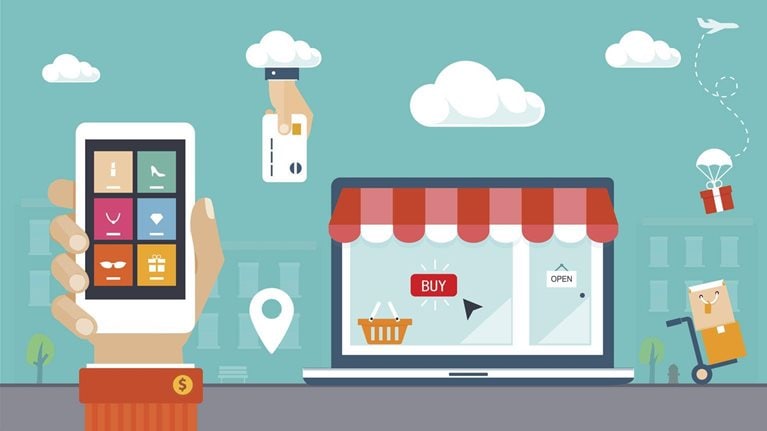In the 1990s, consumer-goods companies began moving product specialists to Bentonville, Arkansas, to learn the “Walmart Way” and benefit from the retailer’s expanding footprint. In the age of e-commerce, Amazon’s Seattle headquarters has become a favored destination. We looked at the channel strategies of more than 45 leading US consumer-packaged-goods companies,1 identifying the top 25 percent by online sales growth.2 We found that 20 percent of the high performers are locating teams of digital and functional specialists at Amazon, while an additional 60 percent plan to do so within two years. Lower-tier performers have yet to make such moves, though a small percentage say they will (Exhibit 1).

The on-site teams include category and distribution specialists who are learning to speed up decisions on product assortments and home deliveries to match Amazon’s pace. They are also gaining real-time access to Amazon’s tools for marketing and consumer analytics. Leading consumer companies are dedicating teams to work with other online partners as well, but the Amazon trend is more pronounced. Most consumer companies we surveyed are also investing in comarketing with Amazon (Exhibit 2). But while digital opportunities continue to swell, all players are maintaining their investments in traditional channel strategies, which remain vital to success.

To download the full 2014 survey report, see “Adapting with speed: How agile selling orgs win,” on the McKinsey on Marketing & Sales website.


